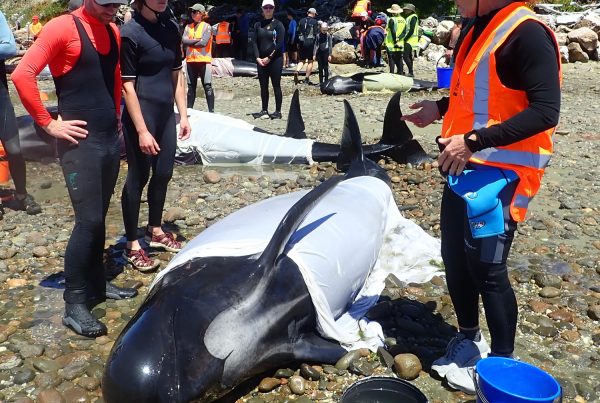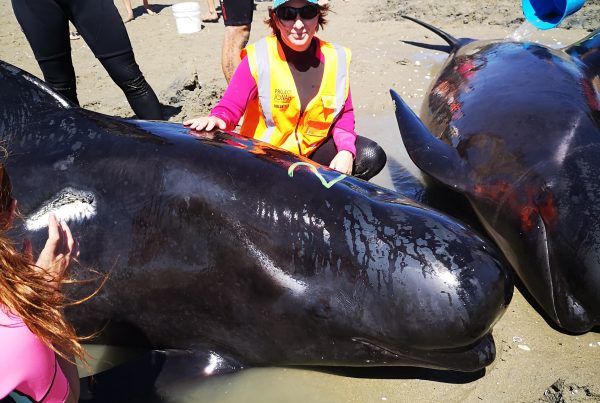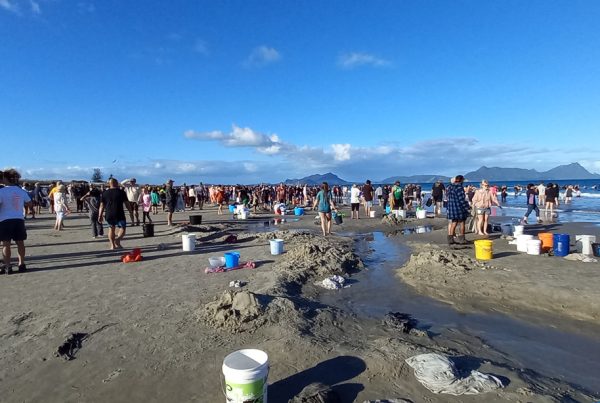
Despite their frequent stranding, very little is known about free-ranging long-finned pilot whales (Globicephala melas edwardii) in Aotearoa/New Zealand. In a recent study conducted by the University of Auckland, long-term data was used to investigate various aspects of these whales off the East Coast of New Zealand. Over 50,000 photographs and sightings metadata were collected from 81 pilot whale groups between 2003 and 2019, opportunistically from research vessels and whale watch tour operators spanning from the Bay of Islands all the way to Kaikōura.
Of all the photographs taken, 2144 good-quality photos taken from 41 encounters were used to identify 145 distinctive individuals using dorsal fin markings. The mark rate (13.4%) was relatively low compared to pilot whales in the Northern Hemisphere. Although the overall (31%) and between-year re-sight rates (13.8%) were also low, the findings indicated some level of site constancy and supported the observation of long-finned pilot whales being more commonly observed during the summer months, as also reported in the stranding records.
Long-finned pilot whales were predominantly found in mixed-species groups, indicating inter-specific associations, with 79% of the pods observed containing other species, such as bottlenose dolphins and false killer whales.
Data taken throughout the duration of this study revealed that long-finned pilot whales stranded almost every month, with a total of 27 strandings between 2003 and 2019. Interestingly, single-stranding events were more frequent in October, while mass-stranding events were more frequent in November. The data overall indicated that sighting frequencies corresponded with stranding events, with strandings occurring more frequently throughout New Zealand in the summer months.
This study proved to be highly valuable in understanding into the occurrence and frequency of this poorly studied species in the Southern Hemisphere. Further photographs and sightings recorded in the future will contribute to a greater understanding of pilot whale distribution not just in New Zealand but across the globe. There is still much to learn about this species and their tendency to strand; however, this study does shed some light on the relationship between stranding rates and sightings in the wild.


